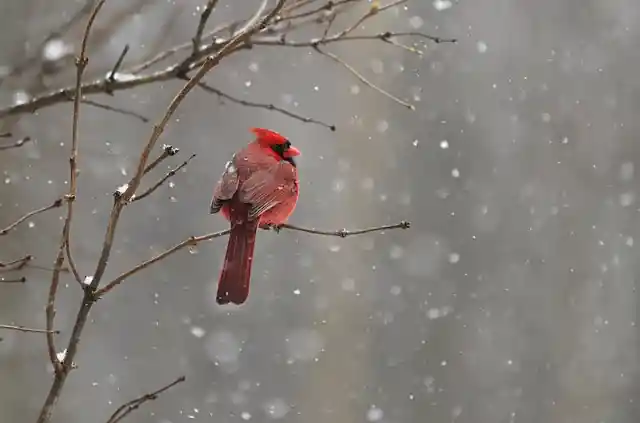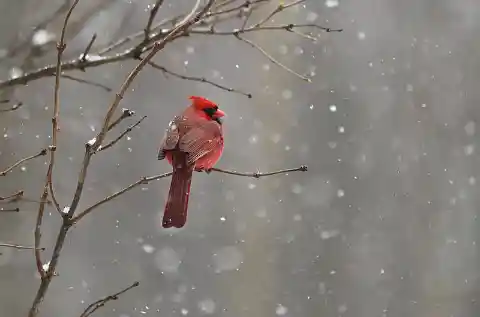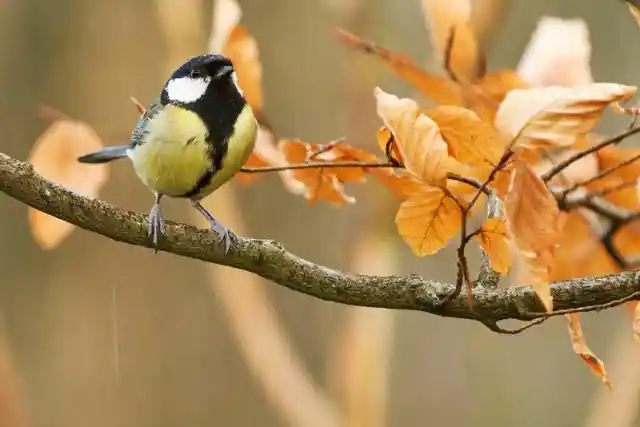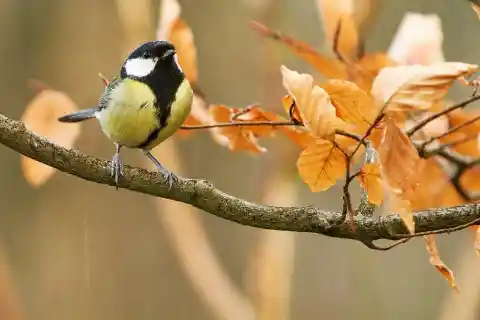Even for those of us who have little interest in nature, the COVID pandemic has helped to change minds and mentalities. Many of us who have become accustomed to life indoors yearn for a bit of time outside. Indeed, others even found themselves becoming more enamored with nature as the pandemic went on. As such, there is a rising interest in the biodiversity of the natural world. And with this newfound passion comes a desire to do a little bit more to protect our environment.


With that in mind, it should come as no surprise that many people are now turning to a very useful resource: nationwide bird maps. These maps, developed by research staff at the University of Wisconsin-Madison, can show detailed maps of biodiversity in bird populations across the USA.
This is very useful for two things: one, finding out where certain birds reside so we can go and see them ourselves. And two, working out which bird species are perhaps on the low side and thus need more help being protected and conserved.
The hope is that these maps can be used by conservation managers to better understand where attention is most needed. Some species might need help in a small area; other species might need extensive and continuous support.


Maps like this have been used in other parts of the world to help us better understand where animal species are thriving – or not. It can also provide a more accurate way to track biodiversity, which is a topic we are increasingly enamored with as a species.
The pandemic has forced many people to confront the reality that we, as a whole, do not do enough to protect and preserve nature. Projects like this can only help to turn the tide on this for the better.
Developing action plans should become easier
The hope is that by having conservation managers use these graphs and maps they can become more actionable in helping out where needed. The biggest problem often stems from a lack of knowledge about a certain bird populace being under threat. These maps could play a big role in helping to develop clear plans of action of where, and when, action has to be taken.
The world is wakening up to the damage that has been done ecologically. With maps like this, we can hopefully do more to reverse trends and protect the avian species that might still be under threat.